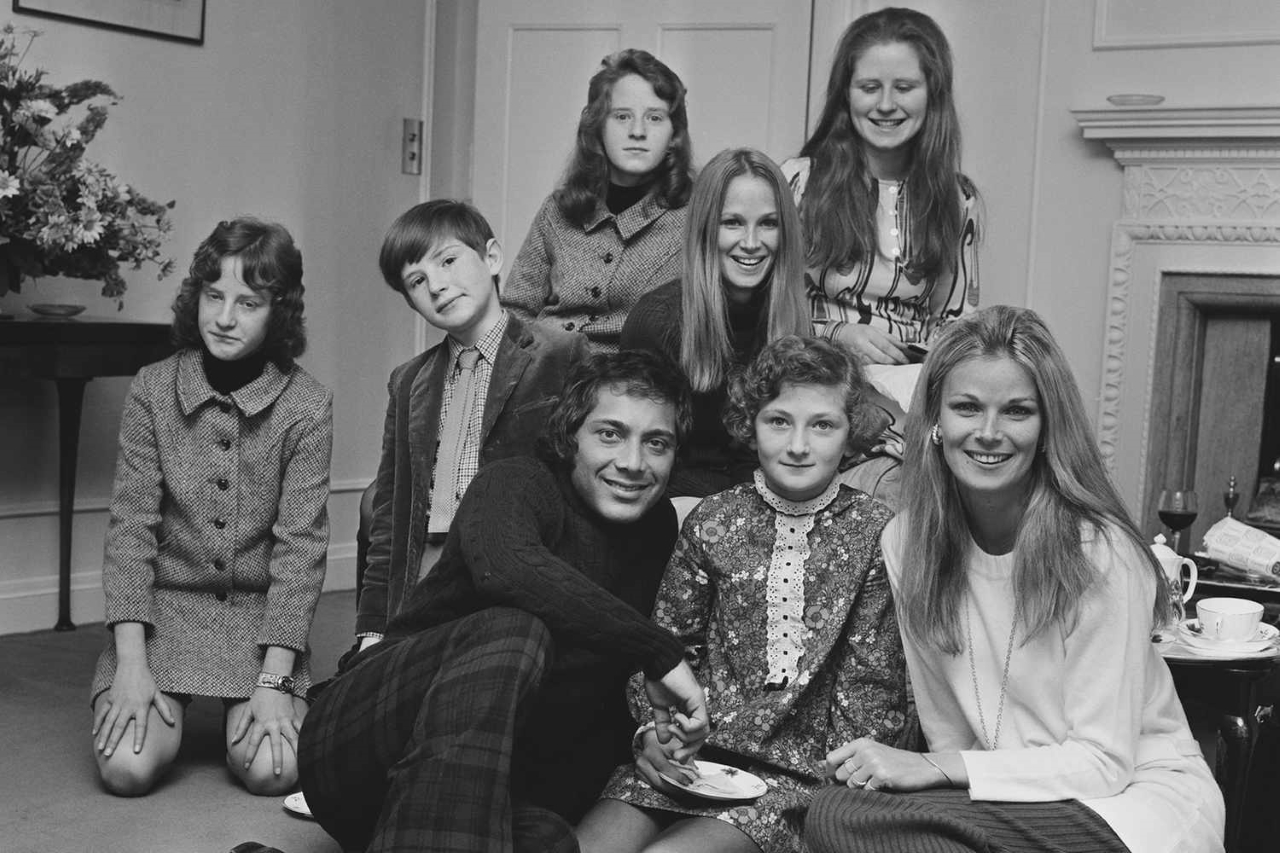💌 A Teenager in Love with the Girl Next Door
Paul Anka’s first great love story began when he was just 15 years old in Ottawa. Her name was Diana Ayoub. She was a few years older, the kind of girl every boy noticed—and Paul was no exception. He didn’t just like her; he was infatuated. But Diana saw him as nothing more than the kid from the neighborhood.
One night, Paul sat at his desk with a guitar and a head full of emotions. He poured every ounce of his teenage longing into a song. The melody was simple, the words heartfelt: “I’m so young and you’re so old…” He called it “Diana.”
Released in 1957, it became one of the best-selling singles in history, propelling Paul Anka into superstardom. But behind the screaming fans was a simple truth: it was written for a girl who never became his.

🕊️ Love, Loss, and “Put Your Head on My Shoulder”
Two years later, Paul penned another classic: “Put Your Head on My Shoulder.” Unlike “Diana,” this one wasn’t about a specific person—it was about a feeling. By 1959, Paul had tasted fame, traveled the world, and met countless admirers. But he also knew the loneliness of hotel rooms and one-night stages.
The song was a gentle invitation—intimate without being explicit, romantic without being desperate. It captured the sweetness of young love, the comfort of a shoulder to lean on. Couples slow-danced to it at high school proms, and decades later, it would resurface on TikTok, giving new generations their own first kisses to Paul Anka’s voice.
💍 Marriage, Fatherhood, and “Times of Your Life”
In the early 1970s, Paul was in a different stage of life—married, raising children, and more reflective. In 1975, Kodak approached him with a melody for a commercial celebrating memories. Paul turned it into “Times of Your Life”—a bittersweet anthem about treasuring moments before they slip away.
Though it started as an ad, it struck a universal chord. It wasn’t a love song in the romantic sense, but it was a love letter to life itself—and to the people we share it with. At the time, Paul was watching his own children grow, feeling time move faster than he wanted. The song was as much for them as it was for the audience.
💔 Breakups and “You’re Having My Baby”
One of Paul Anka’s most talked-about songs is “(You’re) Having My Baby,” released in 1974. The lyrics were deeply personal, written during a time when Paul’s marriage was under strain. The song celebrated the intimacy of parenthood, but it also carried the weight of uncertainty about the future.
Some critics found it overly sentimental, even controversial. But for Paul, it was an unfiltered expression of love and pride in becoming a father again. It was about the bond that survives even when a relationship struggles.
🌹 Late Love and “Hold Me ‘Til the Morning Comes”
By the early 1980s, Paul’s personal life had shifted again. After divorce, he found himself in relationships that were more cautious, more complex. With the help of Peter Cetera of Chicago, he recorded “Hold Me ‘Til the Morning Comes”—a song about holding on to love even when you know it might not last.
It was less teenage fantasy and more adult realism. Love, by then, was something Paul understood could be fleeting. But that didn’t make it any less worth having.
✍️ Writing for Others, Writing from the Heart
Paul Anka’s own love life bled into the songs he wrote for others. When he penned “She’s a Lady” for Tom Jones, it was drawn from a mixture of admiration and fantasy—an ode to a confident, graceful woman. When he adapted “Comme d’habitude” into “My Way” for Frank Sinatra, it was as much about Paul’s own philosophy as it was Sinatra’s.
Even in his compositions for other artists, the emotional truth was his. Every lyric carried a piece of him.
🎤 Still Singing, Still Loving
Now in his 80s, Paul Anka continues to perform. The hair is silver, the voice deeper, but the themes remain the same. When he sings “Put Your Head on My Shoulder,” there’s a nostalgia in his eyes—he’s not just remembering youth; he’s remembering the people who inspired those words.
Paul has loved deeply, lost painfully, and written it all into song. For him, love isn’t just a subject—it’s the backbone of his music.
From the teenage crush that launched his career to the mature reflections of his later years, Paul Anka has shown that love, in all its forms, is timeless.